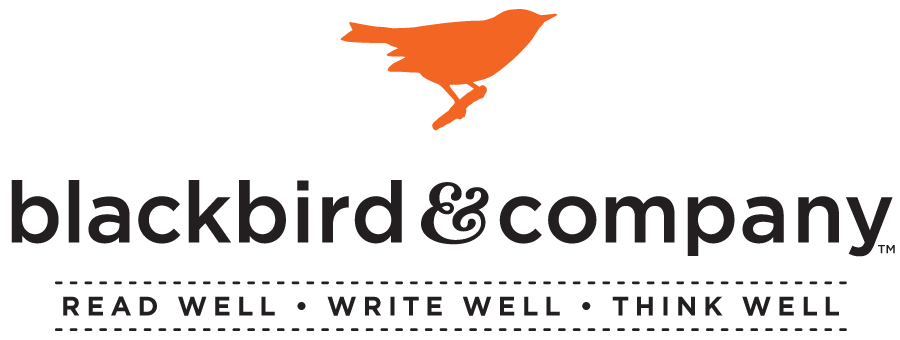 For those of you who are new to Blackbird & Company, and those who are seasoned users, pull up a log, and gather round the campfire!
For those of you who are new to Blackbird & Company, and those who are seasoned users, pull up a log, and gather round the campfire!
During the month of January we’ll share stories and offer ideas to ignite curiosity and motivate enthusiasm as you and your students move into the long stretch of this coming school year.
Tip Number 2.
Begin 2023 by making the most important question the centerpiece of your approach to language arts:
“What’s your big idea?”
Valuing ideas is key to authentic writing . If your student does not care, then the pencil will reflect this fact. The act of writing will be boring. The simple truth is that, once a student develops the confidence to write an idea, the work of writing becomes an intrinsically valuable exercise. Our CORE Literature and Writing Discovery Guides challenge students to journal their ideas week after week.
Learning to Write Well! is simply-one-step-in-front-of the-other, I promise! If you partner with us and encourage your students to journal their way through six stories per year, you’ll be amazed by robust growth in your child’s ability to take an idea from a tiny seedling of imagination to a carefully crafted sentence, paragraph, poem, essay, and more.
There is NO substitute for consistently encouraging your children to write their ideas. No matter the level, kindergarten through high school, the long stretch of the school year is looming. We urge you to courageously press into coaching your child in the daily art of writing! Don’t give up! Come June, your students will have brought shape to significant original ideas as they moved through the CORE of our program!!! And, more importantly, they will have gained confidence in their ability to communicate. Writing an idea is genius.
GIVEAWAY(S)
Enter to win an easy light up fire pit built for the backyard and beyond from our friends at Solo Stove – plus, a Blackbird & Company Yeti Thermos (2 total)!
ENTER TO WIN NOW
Each student’s work is important work!
Read well! Write Well! Think well!
~Kimberly





